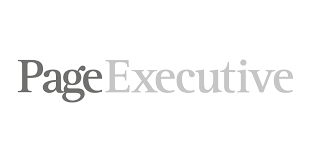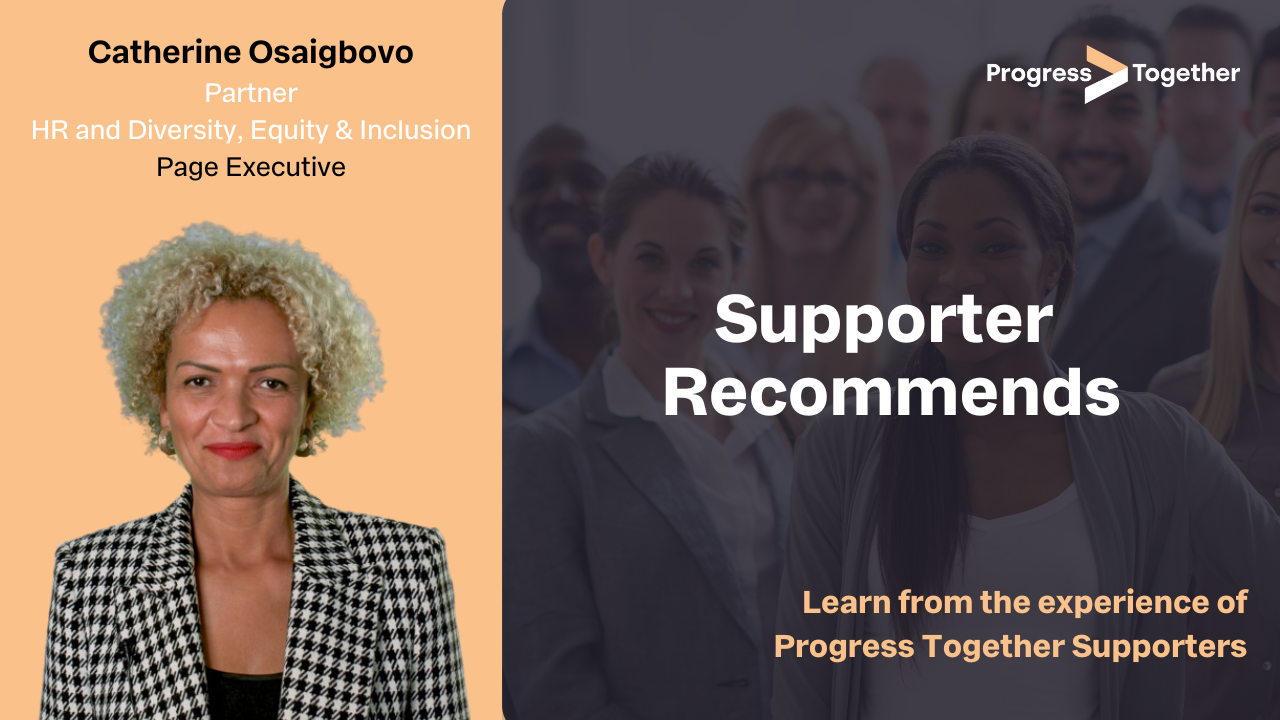By Catherine Osaigbovo, Partner at Page Executive
The topic of diversity, equity and inclusion (DE&I) has risen up the board agenda drastically over recent years and we’ve seen great progress in how companies view its importance. Gender and ethnicity representation have been primary focuses in the recent past, but it’s only been in more recent times that the term socio-economic diversity has begun gaining real traction. Now, it’s becoming far more widely understood that this should be something that forms a critical part of a company’s overarching DE&I strategy.
The current landscape
Classism is still highly prevalent in the UK and we still see bias around education, upbringing and accent. That said, the majority of our clients are keen to engage in conversation and learning opportunities in order to truly understand.
Those who are already addressing the issue and implementing inclusive hiring practices specifically around socio-economic diversity are benefitting from a truly intersectional talent pool. Socio-economic diversity can be intersectional with all the protected characteristics: age, gender reassignment, being married or in a civil partnership, being pregnant or on maternity leave, disability, race/ethnicity, region or belief, sex or sexual orientation. Class and upbringing touch on all of these areas.
The key challenges
Whilst we know that there are many benefits to hiring inclusively, we’re still faced with several challenges that affect progress in the space:
- There’s an emotional side to it: Socio-economic diversity relates to class – and a working-class description can evoke a very mixed response in individuals. Some can feel very proud to have come from a working-class background, whereas others may feel like they have to hide this or are ashamed of their upbringing and are unfairly judged on capability.
- Emotion impacts role modelling: The mixed emotions around coming from a lower socio-economic background can make it challenging to find leaders who are happy to share their own journey and role model for future generations.
- There’s a gender difference: Research shows that women are far less likely than men to feel comfortable declaring their own social status. They are more likely to feel like they will be judged and that it will hinder their career pathway, which means we see fewer senior females disclosing their background.
- The data isn’t robust enough yet: The challenge with the current landscape when it comes to socio-economic representation at a senior level is that because it’s not visible, it can be difficult to objectively measure. As this is a relatively new topic in ‘mainstream’ conversation, there is still a lack of understanding which leads to fewer people being happy or able to share their own data within DE&I surveys. It’s harder to shift the dial without being able to understand the real state of the issue.
- Regional dialect: It’s proven that people are judged by their accents and there is a real North/South divide that has created barriers to entry for so many people across the UK, causing businesses to miss opportunities to find some of their potential greatest talent.
It can be hard for recruiters because our clients are still working it out, but it’s clear that we have a really important part to play in shifting the dial. Especially in Executive Search, there is a responsibility on us to share knowledge, guidance and best practice with our clients while making sure that our candidates experience a safe, fair and unbiased experience.
Diverse and inclusive businesses facilitate success
Hiring a diverse workforce and creating inclusive environments is absolutely key to business success. Hiring people from different backgrounds and walks of life is only going to have a positive impact by having diversity of thought throughout all conversations. Employers need to be aware of this when thinking about their hiring and retention strategies and consider more than just the visible areas of DE&I when recruiting.
Business inclusivity starts right at the beginning and continues all throughout an employees’ tenure. From the start, when looking at candidate attraction, and remaining omnipresent throughout selection, induction, development and promotion. This means leadership, the culture, and the strategy – no area is exempt.
Diversity in isolation isn’t sustainable if you don’t have an inclusive environment. From the moment a candidate engages with an organisation, they need to feel that their differences are valued. From the wording in a job description, through to the way an interview is conducted, their induction, and right up to the day they leave the company. Leaders need to be inclusive in their approach. They need to seek diverse input from their people to ensure richness of thought and innovation. A business culture, therefore, needs to epitomise inclusion, so that each individual feels comfortable being themselves in the workplace, accepted without exception, and that their voice matters. They feel like they belong.
Catherine recommends:
Links:
The Social Mobility Employer Index
Working class people ‘paid £6,000 less for same professional roles’
Data for social mobility: improving the collection and availability of data across government
Page Executive’s diversity and inclusion resources
Books:
- The Class Ceiling: Why it Pays to be Privileged, by Sam Friedman and Daniel Laurison
- Hillbilly Elegy, by J.D. Vance
- Highly Discriminating: Why the City Isn’t Fair and Diversity Doesn’t Work, by Louise Ashley
- Social mobility and its Enemies, by
- Born to Fail? Social Mobility, a Working Class View, by





